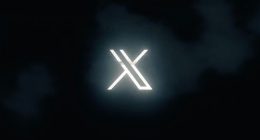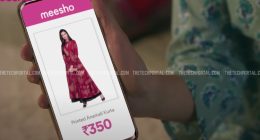When did you last get a business card? What was it like? As much as we would like to think that business cards have evolved with technology, they remain one of the first vital contacts a client has with a company, a brand, or an independent professional. In this article, we will look at what is in trend for business cards at present and how their design may influence people. Here we explain how to make cards that are easily noticed and will make a positive impression on your target market.
It indirectly implies that great business card design is all a result of the professionalism of those who design it. The Business Card Mockup should be purchased from those companies that work in accordance with the latest trends and technology. It directly has social associations on your brand’s reputation and recognition, thus making it more attractive to clients.
Inclusive design
Accessible design allows everyone, without exception, to comfortably interact with a business card. Your clients will definitely thank you.
Braille
Vision problems are among the top 10 health problems in the United States. Duplicate your contact information in Braille to make your business more accessible to customers with visual impairments.
Tip: Braille is the same size as a regular font, 29pt, so when using it, follow the rule “brevity is the sister of wit”. The thicker the cardboard from which the business card is made, the easier it will be to perceive the information.
Color blindness
Accessibility is not limited to Braille. People with color blindness do not distinguish certain color combinations. So, when choosing a palette for your business card, be careful. While bright colors are all the rage, try to express your brand’s personality primarily through shape and layout. Use contrast-checking tools to minimize risks. Here are some color combinations that are challenging for people with color blindness:
- Green and red
- Green and brown
- Blue and purple
- Green and blue.
Low vision
Make the font large enough for people with low vision (for example, the American Council for the Blind recommends bold, sans serif fonts of at least 18pt). While small text can look modern and minimalistic, legibility should always be a priority.
Use eco-friendly materials
In 2023, more and more companies around the world are thinking about sustainability. Since most business cards end up in the trash, why not print them on eco-friendly materials like recycled paper? Or you can opt for cork or recycled cardboard if it fits into your business concept. This trend is relevant for any company that values sustainability and wants to make it an integral part of its activities.
Don’t be afraid to break the rules
Sometimes it’s okay to break the rules and add a little flair to your business cards. Add a unique detail to the design, like your signature or a handwritten word. Increase the lifespan of your business cards by making them more useful to potential clients. They will serve as a great reminder of your business and the solutions you offer.
If your company provides handyman services, your business card could be designed as a multi-tool (see image below). If it’s a business card for a teacher or tutor, a small cheat sheet, or a coaster for a bar. The possibilities are endless!
These days, logos and other information can be printed on anything. So your main goal is to make your business card as valuable and useful as possible. Below is a business card for a fashion house wrapped in string, as well as a personal business card for a designer with handwritten text.
Textured Business Cards
Business cards can take advantage of something that websites can’t: physical contact. Embossing and raised lettering engage the sense of touch and wow customers with their unique, modern look.
- Embossing and raised lettering. This modern, sleek design pairs perfectly with minimalist designs and adds a punch to them. It works across a variety of industries but is best suited for creative brands that love experimenting.
- Raised Patterns. The raised pattern on the business card below creates a wavy motion, while the minimalist logo balances out the negative space. This design is best suited for industries such as technology, architecture, construction, and real estate. It looks modern and out of the box.
By embracing inclusive design, sustainability, and creative elements, business cards can continue to be a powerful and memorable tool for connecting with clients in a meaningful way. Ultimately, a well-designed business card is more than just a piece of paper – it’s a reflection of your brand’s values, creativity, and commitment to leaving a lasting impression.




